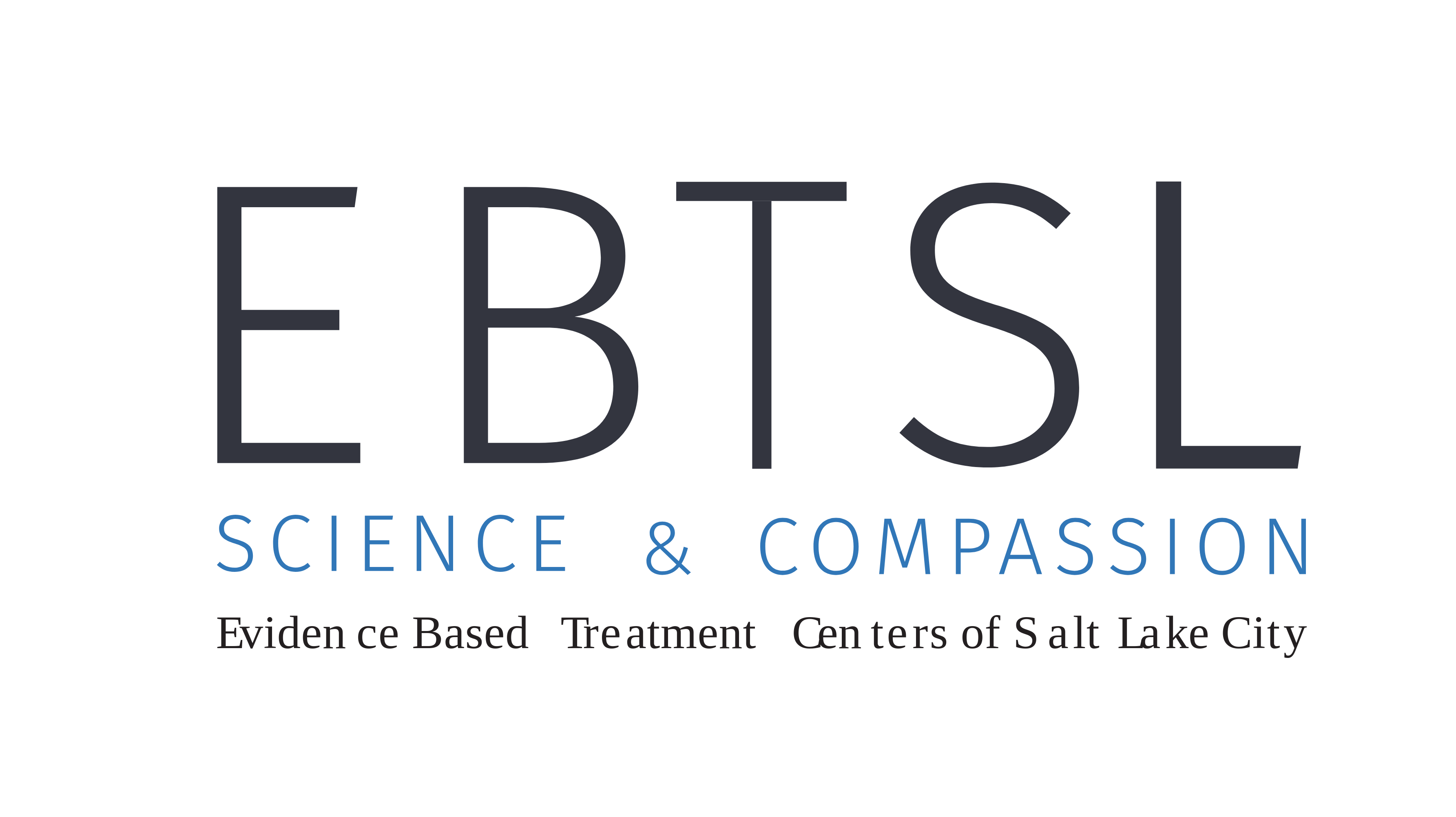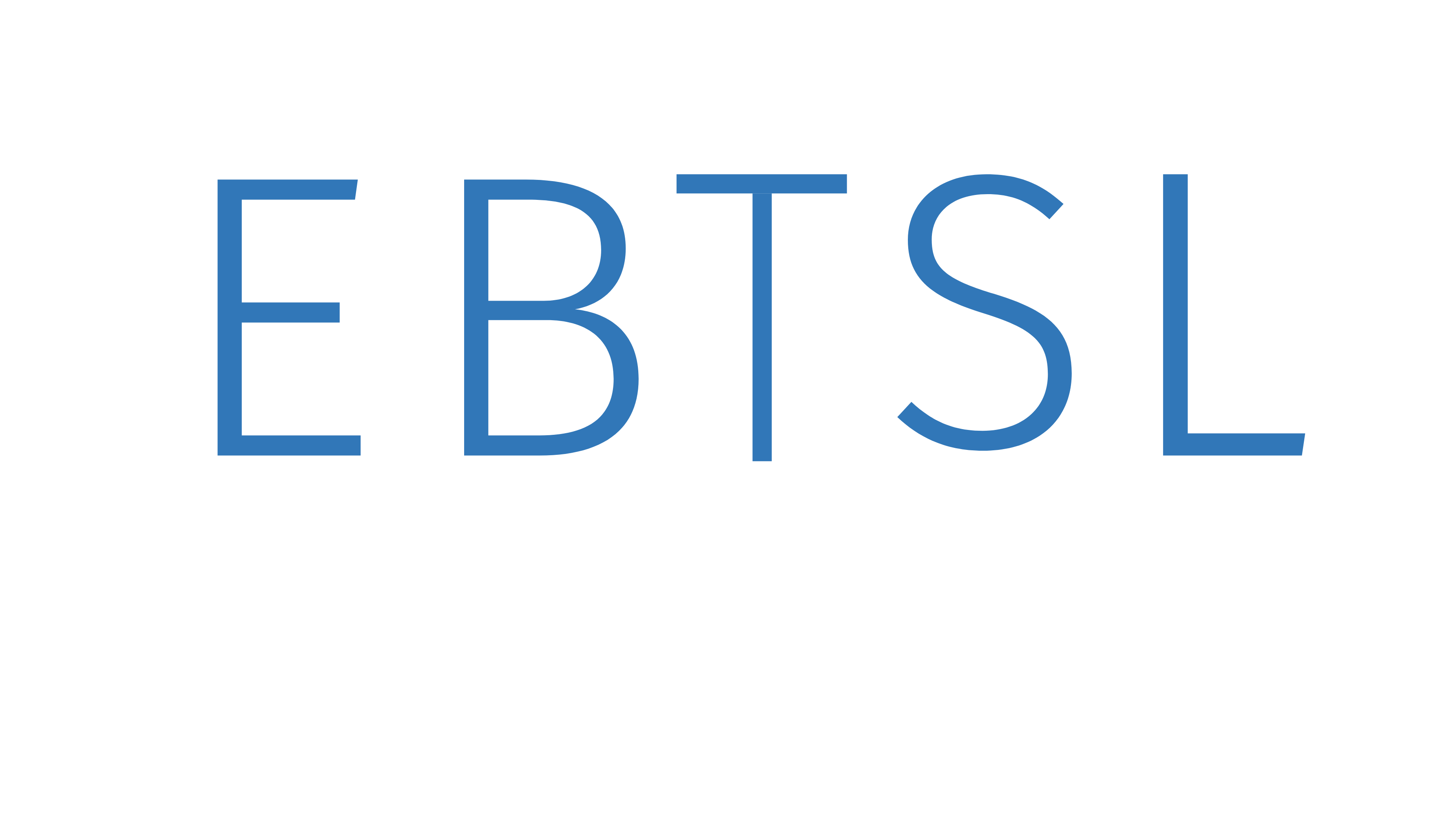People with Generalized Anxiety Disorder (GAD) often describe themselves (or are described by others) as “worriers” and experience excessive and intrusive worried thoughts that are difficult to control.
These individuals are often worried about a range of topics (i.e., health, the well being of loved ones, finances, work, school, world events) and their worry is typically accompanied by at least some of the following symptoms: feeling restless or on edge, being easily fatigued, concentration difficulties, feelings or irritability, muscle tension, and problems with sleep.
Generalized Anxiety Disorder (GAD) can range from worries that mainly focus on a single topic, to worries that are wide-ranging and can focus on all aspects of life.
The defining feature of social anxiety is a persistent fear of negative evaluation from others in social (i.e., conversations, parties, meeting new people) or performance (i.e., giving a speech, job interviews) situations. Socially anxious people often worry that they will appear anxious or awkward in social situations and also anticipate that others will perceive them negatively.
While fears about separation are normal in young children, separation anxiety disorder is diagnosed when a child seems excessively anxious about separation from home or loved ones. Features include unrealistic worry about harm to self or significant others during periods of separation, reluctance to sleep alone or be alone, physical complaints, and signs of distress in anticipation of separation.
School refusal behavior is another common feature of separation anxiety disorder.
Individuals with panic disorder experience recurrent panic attacks that feel out of the blue. Panic attacks are rapid surges of fear that typically peak within a few minutes and can include a variety of intense physical sensations (i.e., rapid heart rate, shortness of breath, sweating, shaking, chest pain, nausea, dizziness, tingling sensations, feeling hot or cold, feelings of choking). Panic attacks can also involve feelings that things are not real or that one is detached from oneself, fears of losing control or going “crazy,” and often, fears of dying.
Agoraphobia involves fears of being in situations from which escape might be difficult or help might not be available if panic symptoms, or other embarrassing symptoms (i.e., losing bowel or bladder control, fainting, vomiting), might occur.
Phobias are the most common type of anxiety problem and involve high levels of fear and distress in response to the feared triggers or situations. Common phobias include fear of animals/insects, medical procedures or blood, specific environments, sounds, and vomiting/choking. And while phobias may be incredibly varied, the treatment for this broad array of fears is similar and can be very effective.

